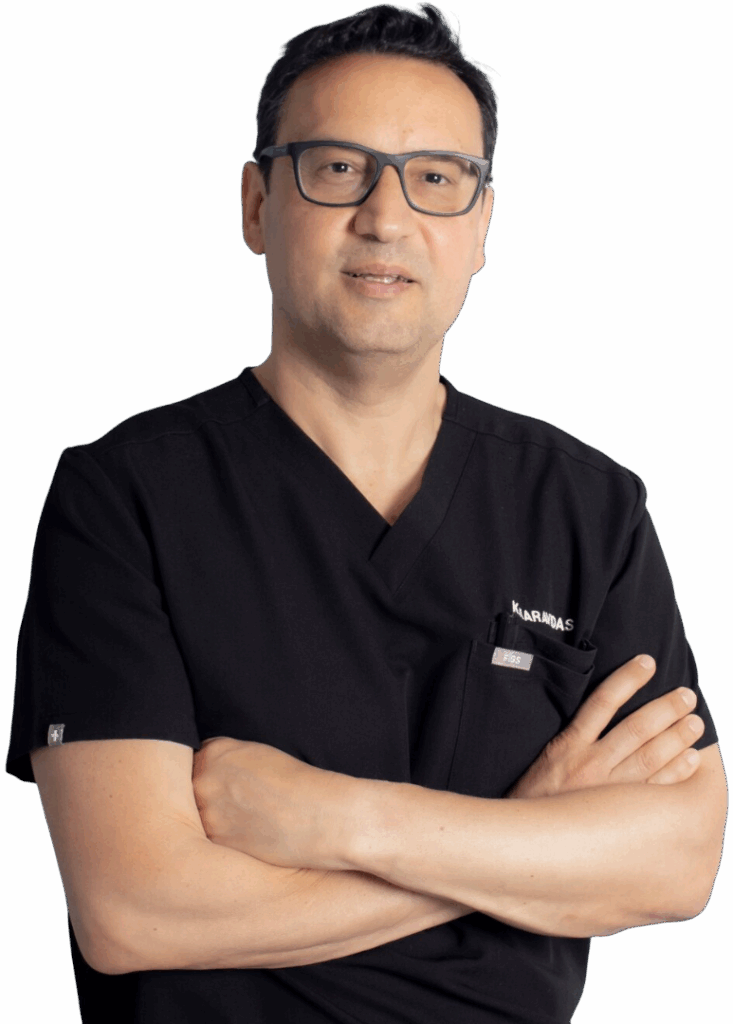Blocked Salivary Glands Treatment
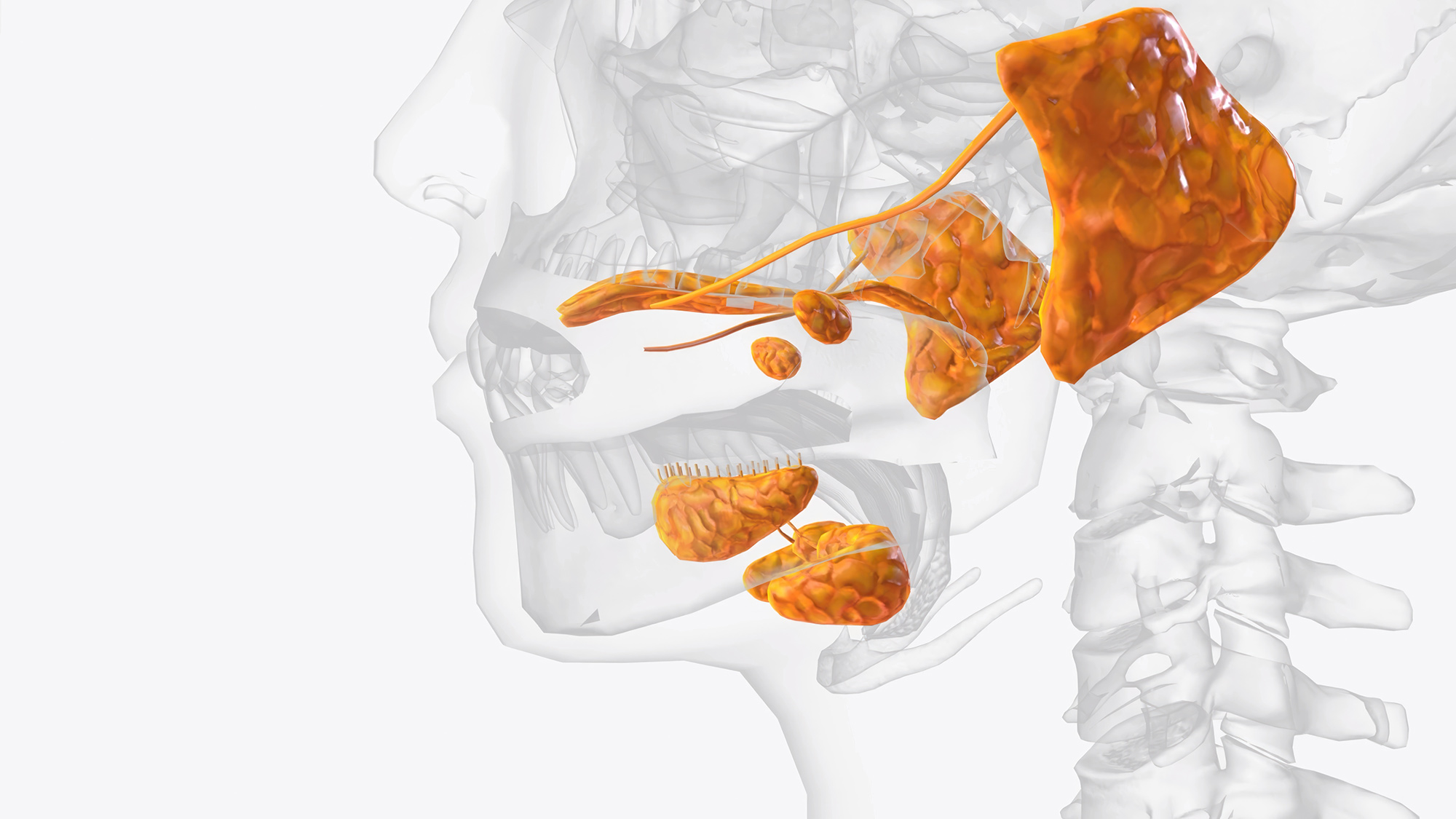
- Swelling in the cheek, under the jaw, or beneath the tongue
- Pain or a feeling of pressure that worsens when eating
- Redness or tenderness around the affected gland
- Dry mouth or an altered taste sensation
- Difficulty opening the mouth fully or swallowing comfortably
Home » Conditions » Blocked Salivary Glands Treatment
Relieving Obstruction and
Restoring Natural Saliva Flow
Blocked salivary glands can cause swelling, pain and difficulty with everyday activities such as eating or speaking. While some obstructions may ease with simple care, others persist, return frequently, or lead to infection. Identifying the exact cause is important, as untreated blockages can result in long-term discomfort or damage to the gland.
At Head2Neck, we provide consultant-led blocked salivary gland treatment, offering patients a precise diagnosis and a tailored approach to restoring healthy saliva flow. By combining specialist knowledge with advanced techniques, we ensure care that addresses both immediate symptoms and long-term gland health.
What Are Blocked Salivary Glands?
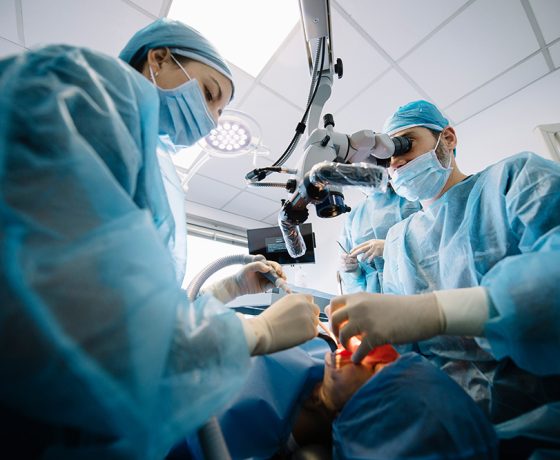
Salivary glands play a vital role in keeping the mouth moist and aiding digestion. When one of the ducts becomes blocked, saliva cannot drain normally. This obstruction can occur in the parotid, submandibular, or sublingual glands and may be triggered by duct narrowing, scarring, thickened saliva, or occasionally a stone.
Some cases develop gradually, while others appear suddenly, often during meals when saliva production increases. Left untreated, blocked salivary glands may cause recurrent swelling, pain, or infection.

Signs and Symptoms of Salivary Duct Blockage
Symptoms can vary depending on the location and severity of the obstruction. Common signs include:
- Swelling in the cheek, under the jaw, or beneath the tongue
- Pain or a feeling of pressure that worsens when eating
- Redness or tenderness around the affected gland
- Dry mouth or an altered taste sensation
- Difficulty opening the mouth fully or swallowing comfortably
- Pus or other signs of infection in more severe cases
Causes and Risk Factors for Blocked Glands
Blockages can arise from a variety of factors, some temporary and others linked to long-term changes in the salivary ducts. These include:
Narrowing of the ducts due to scarring or inflammation
Thickened saliva associated with dehydration or certain medications
Irritation from infection or poor oral hygiene
Changes after surgery affecting saliva drainage
Reduced immunity, which is more common with ageing
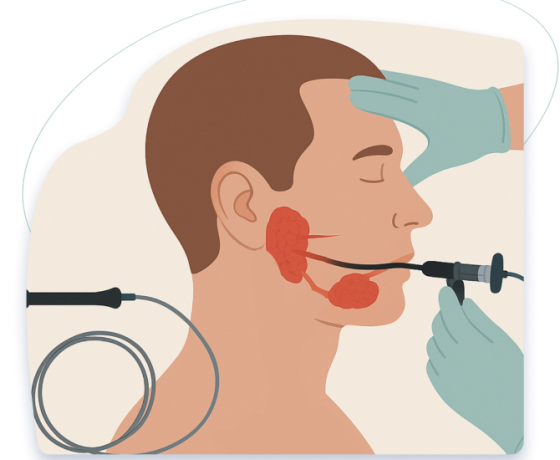
When to See a Specialist for Blocked Salivary Glands

Some mild blockages improve with hydration and massage, but professional advice is recommended if symptoms continue or recur. You should seek specialist care if:
- Swelling comes back repeatedly
- Pain becomes severe, particularly around mealtimes
- There are signs of infection, such as fever or pus
- Eating, swallowing, or speaking becomes difficult
Early treatment of blocked salivary glands reduces the risk of complications and helps maintain long-term gland health.
How Blocked Salivary Glands Are Diagnosed
Accurate diagnosis is essential to successful treatment. At Head2Neck, each patient is assessed by Consultant Surgeon Mr Konstantinos Karavidas, who specialises in conditions of the head and neck. After a detailed consultation and examination, investigations such as ultrasound, MRI, or CT may be used to confirm the site of obstruction.
In many cases, sialendoscopy is recommended. This minimally invasive technique allows direct visualisation of the salivary ducts and, in some cases, treatment at the same time. You can read more about what to expect before and after your appointment on our Patient Information page.
Treatment Options for Blocked Salivary Glands
The best approach depends on the cause, severity and whether symptoms keep returning. At Head2Neck, treatment options include:
Conservative Care
Hydration, gentle massage and warm compresses may be enough to relieve temporary blockages or mild narrowing. These methods can improve saliva flow and ease minor discomfort.
Sialendoscopy for Blocked Ducts
Sialendoscopy is a modern, minimally invasive technique that uses a fine endoscope to examine and clear blocked ducts. It can widen narrowed passages, wash out thick secretions and remove small obstructions. This approach is particularly effective for recurrent blocked salivary glands and often avoids the need for open surgery.
Surgical Approaches
When conservative care and sialendoscopy are not sufficient, surgery may be recommended. Options include reconstructing or widening the affected duct, removing obstructed tissue, or, in rare cases, removing the entire gland. At Head2Neck, advanced surgical methods are used to ensure precision and minimise recovery time.
Why Choose Head2Neck for Your Blocked Salivary Gland Treatment?
Choosing the right specialist makes a real difference in both recovery and long-term results. At Head2Neck, patients benefit from:
- Consultant-led care from an experienced head and neck surgeon with a focus on salivary gland conditions
- Access to state-of-the-art diagnostic tools and treatments, including sialendoscopy
- Personalised treatment plans that address both immediate relief and long-term prevention of blockages
- Convenient clinic locations across London, Essex, Hertfordshire and Bedfordshire
- A supportive, patient-centred approach, with clear explanations and dedicated aftercare
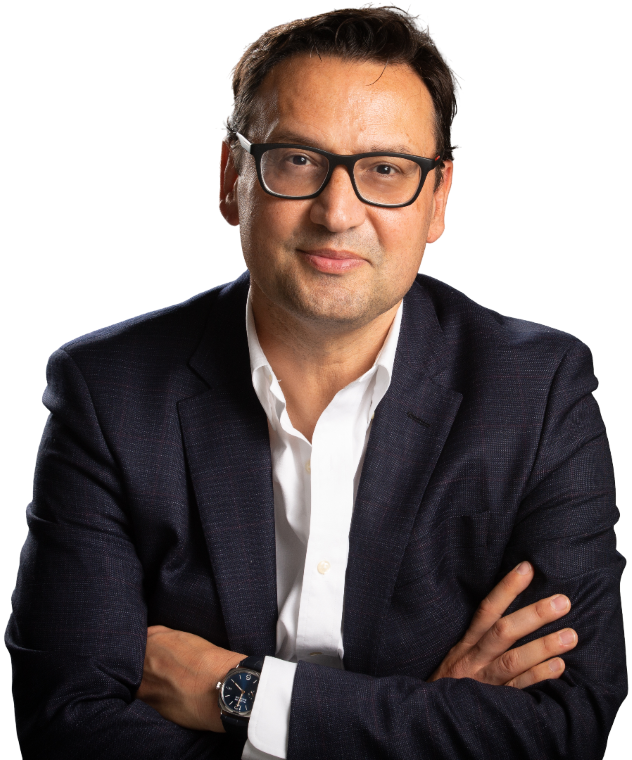





What Our Patients Say
I’ve been seeing Mr Karavidas since Feb 25 and have had several consultations and 2 surgical procedures at Cobham Clinic. He is extremely thorough and makes sure you understand every step of what’s happening with any diagnosis and procedure. Fantastic service.
A.B. 08/06/2025
Clear explanations, very reassuring throughout consultations and proceedure. Mr Karavidas made me feel at ease, his professionalism immediately evident. Highly recommended.
N.A. 10/03/2025
I was beyond impressed by Mr Karavidas. He took the time to listen to all my concerns, reassured me & gave the very best advice. He was friendly and put me at complete ease. I was very well taken care of and cannot thank him enough. I highly recommend!
V.G. 19/02/2025
Two lower wisdom teeth removal. Couldn’t fault the service. Excellent and extremely responsible after care from Mr Karavidas.
J.L. 02/12/2024
My experience with Dr Karavidas and his team was exceptional. I felt extremely cared for and informed throughout and could not have asked for more. To top it off we had a fully successful outcome after an oral procedure which means I can eat again! Thank you so much.
S.J. 21/10/2024
I’ve been seeing Mr Karavidas since Feb 25 and have had several consultations and 2 surgical procedures at Cobham Clinic. He is extremely thorough and makes sure you understand every step of what’s happening with any diagnosis and procedure. Fantastic service.
A.B. 08/06/2025
Clear explanations, very reassuring throughout consultations and proceedure. Mr Karavidas made me feel at ease, his professionalism immediately evident. Highly recommended.
N.A. 10/03/2025
I was beyond impressed by Mr Karavidas. He took the time to listen to all my concerns, reassured me & gave the very best advice. He was friendly and put me at complete ease. I was very well taken care of and cannot thank him enough. I highly recommend!
V.G. 19/02/2025
Two lower wisdom teeth removal. Couldn’t fault the service. Excellent and extremely responsible after care from Mr Karavidas.
J.L. 02/12/2024
My experience with Dr Karavidas and his team was exceptional. I felt extremely cared for and informed throughout and could not have asked for more. To top it off we had a fully successful outcome after an oral procedure which means I can eat again! Thank you so much.
S.J. 21/10/2024

Frequently Asked Questions
What causes a blocked salivary gland?
A blocked salivary gland can be caused by narrowing of the duct, scarring, or thickened saliva that struggles to pass through. In some cases, previous surgery, infection, or stones may also contribute to obstruction.
How do you treat a blocked salivary gland at home?
Drinking plenty of water, gently massaging the gland and applying warm compresses may help ease mild symptoms. These methods can sometimes stimulate saliva flow, but persistent or recurring problems should be reviewed by a specialist.
Can a blocked salivary gland go away on its own?
Some blockages, particularly those linked to dehydration, may clear without treatment once fluid intake improves. However, if swelling or pain continues, it is unlikely to resolve without professional care.
What are the symptoms of a blocked salivary gland?
The most common symptoms include swelling near the cheek, jaw, or under the tongue, often worsening around mealtimes. Additional signs may include pain, dry mouth, altered taste, or discharge of pus in severe cases.
How serious is a blocked salivary gland?
Mild blockages are often manageable, but untreated obstruction can cause repeated infections and long-term gland damage. Seeking timely care reduces complications and helps preserve normal salivary function.
When should I see a doctor for a blocked salivary gland?
Medical advice is recommended if swelling and pain continue for more than a few days or if problems keep returning. Immediate attention is needed if there are signs of infection, difficulty swallowing, or fever.
How do you know if you need treatment for a blocked salivary gland?
If conservative methods such as hydration and massage do not improve symptoms, treatment is usually required. A specialist consultation can confirm the cause and recommend the most effective approach.
Can dehydration cause blocked salivary glands?
Yes, dehydration can make saliva thicker and more difficult to pass through the ducts, leading to obstruction. Maintaining good fluid intake is one of the simplest ways to help prevent blockages.
What happens if a blocked salivary gland is left untreated?
Over time, an untreated blockage may cause repeated swelling, ongoing pain and secondary infections. In more advanced cases, the gland can be permanently damaged, and saliva production may be reduced.
How effective is sialendoscopy for blocked salivary glands?
Sialendoscopy is widely considered a highly effective treatment for many forms of salivary gland obstruction. It allows the ducts to be inspected, flushed and cleared with minimal invasiveness, often avoiding the need for open surgery.
Book a Consultation with Mr. Karavidas
